by Derek R. Swallow
Registrar Royal BC Museum
Juggler, mediator, orchestrator, actuator, über1 collections manager, yoga master, risk manager, project manager, customs broker, transport coordinator, preparator, inventory controller, diplomat, bureaucrat, legal associate, communication hub, document diva or divo, and shepherd: all terms describing museum collections registrar’s loans processing skills.
The purpose of this article is to enhance the understanding of the registrar’s role by linking the above core skills with job duties. These skills divide into four categories: mental predisposition; communication and organizational capacities; collections management skills; and documentation abilities.

Image I-27378 courtesy of Royal BC Museum, BC Archives
Multi-tasking is a predisposition shared by “jugglers” and registrars. Simultaneously processing numerous loans, in varying stages of progress, with differing degrees of complexity, equates to the task of a juggler keeping a stream of airborne objects of various sizes and weights aloft without one dropping to the ground. Like a “yoga master” the mental disposition of the registrar is calm, in this case, under a stressful, heavy work load, and flexible transitioning from one loan to another, driven by ever changing loans processing priorities.

Image C-04790 courtesy of Royal BC Museum, BC Archives
From the role of communicator emerges the ability as “mediator”. The registrar helps with issue resolution between loan team members and her/his institution and the borrower/lender’s. The tact required draws on the skill of a “diplomat”. To facilitate the flow of accurate information the registrar functions as “communication hub” becoming the one point of contact for the institution and a conduit channelling questions, answers and information from the borrower to the loans team and vice versa.
In the capacity of organizer the registrar focuses both on the broad picture, keeping the loan moving forward, while being mindful of the narrower picture, making sure no step is missed. 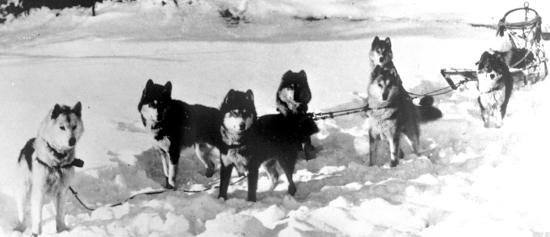
Image C-02802 courtesy of Royal BC Museum, BC Archives
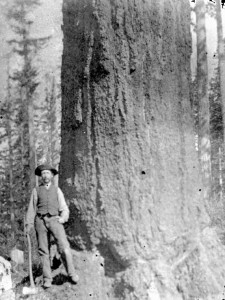
Image B-03338 courtesy of Royal BC Museum, BC Archives
The registrar assumes the over-arching role of “über collections manager”. This is defined as: extensive collection management knowledge and experience encompassing all the collection types under the registrar’s purview. Supported by conservation staff and discipline specific collections managers, this ability assures application of the correct loan protocols and practices given the specific needs of any object loaned from any collection. As the loan is readied for transport the supplemental knowledge of “preparator“ enables the registrar, when needed, to oversee and enforce appropriate crating and packing methods for artefact transport and apply best practices to maximize protection of any loan item.
This relates to the responsibility of registrar as “transport coordinator” to only employ artefact carriers who use optimal safety measures and shipping techniques. Providing the best crating, packing and utilizing top museum quality transport translate to registrar as “risk manager”.
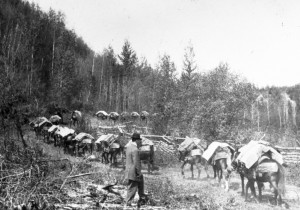
Image B-07174 courtesy of Royal BC Museum, BC Archives
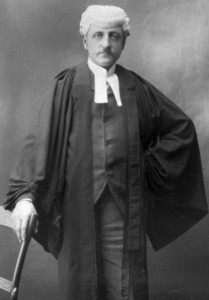
Image C-04362 courtesy of Royal BC Museum, BC Archives
The skills described above are neither comprehensive nor exclusive to the role of registrar. Various combinations of these skills are shared by many professions. The entire “package” of skills, however, makes the role unique.
So are we masters of all the above skills? I’m certainly not. I have the required academic background solidified and tempered by on-the-job training and with greater experience I find comes greater ability. Ralph Waldo Emerson wrote: “The years teach much which the days never know.” 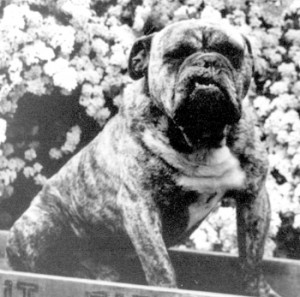
Image C-02996 courtesy of Royal BC Museum, BC Archives
There is one salient skill not mentioned above. Perhaps it would be better called an obsession. We doggedly champion our institutional collection standards. We are programmed, in our profession as registrars, to adhere to elevated ethical principles and to propel our professional abilities to an ever higher level. This is a good thing. As Michelangelo is attributing to saying: “The greatest danger for most of us lies not in setting our aim too high and falling short, but in setting our aim too low and achieving our mark.”
This post is also available in Polish, translated by Natalia Ładyka, the translation originally appeared on the blog of the Polish Museum Registrar Association http://inwentaryzatorzy.blogspot.de/.
- The German word “über” has made it’s way into Canadian English, meaning “the ultimate”. Editor’s note ↩
Excellent article avec beaucoup d’humour et il en faut dans la pratique !
Registraire se traduit par régisseur en français…
The photo and “Don’t mess with the collection!” would make a great t-shirt. After your comments on diplomacy, I’m starting to thing that the ideal registrar is a Teflon-coated bulldog!
We definitely should open a webshop with stuff like that… 😉
We could call it the online Regi Store:( Bad joke I know.
Made me laugh, anyway 😀
[Marked as spam by Antispam Bee | Spam reason: Server IP]
Another T-shirt idea inspired by my years at a university art museum: “Touch me, not the Art!” 😉
True and what an image!
Derek
I liked the used metaphores. They shine a bright light on the silent workforce of the registrars.
BR
Frank
Beautifully said.
Cheers,
Derek
[Marked as spam by Antispam Bee | Spam reason: Server IP]
Thanks Mark.
It was great to finally meet you in person.
Cheers,
Derek
Great article Derek
and it was a pleasure to spend time with you at ARCS in Chicago.
~mark~